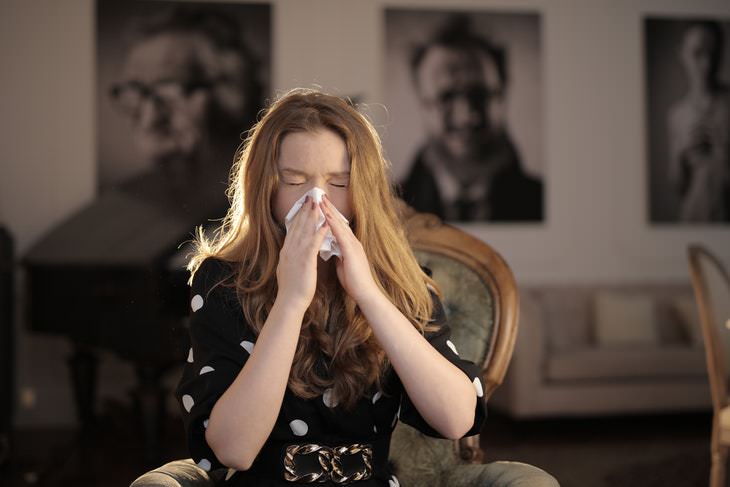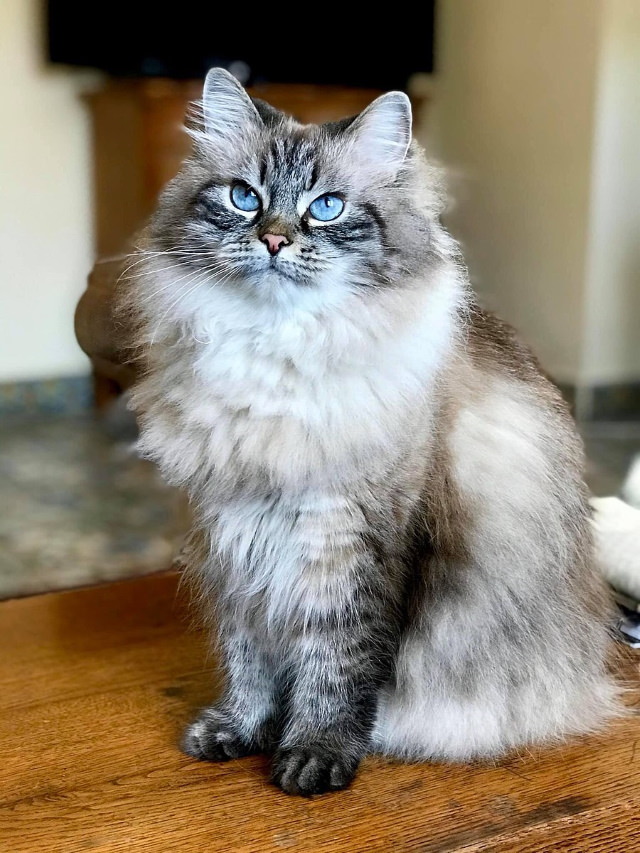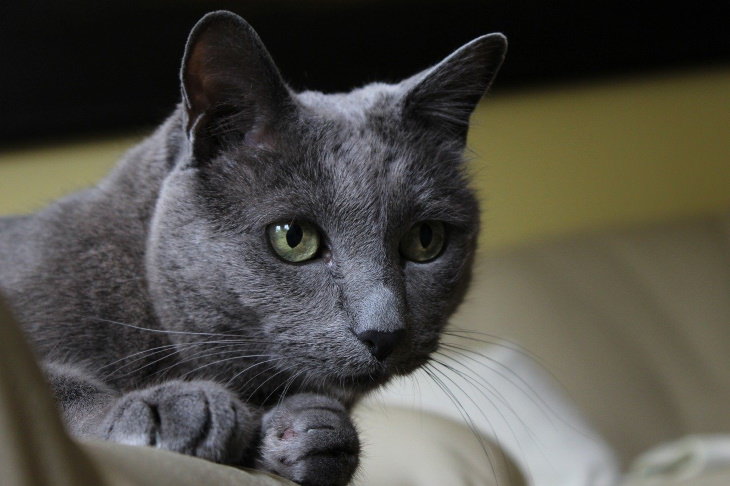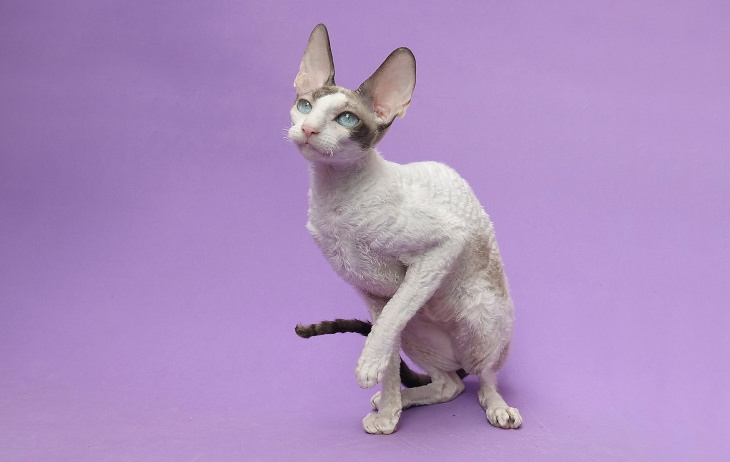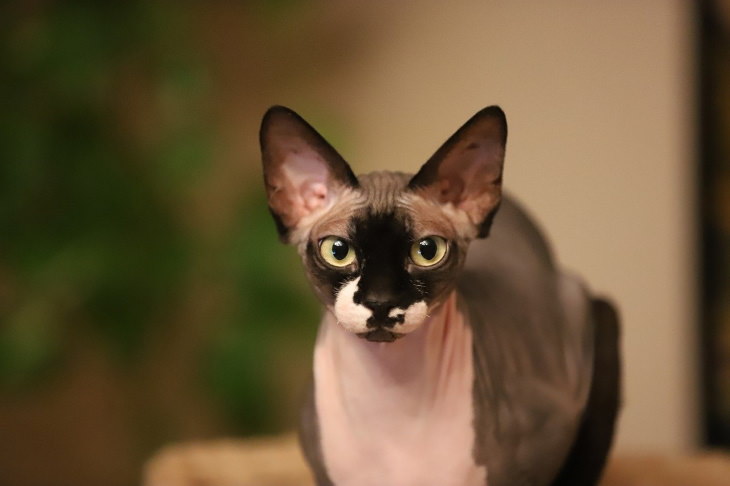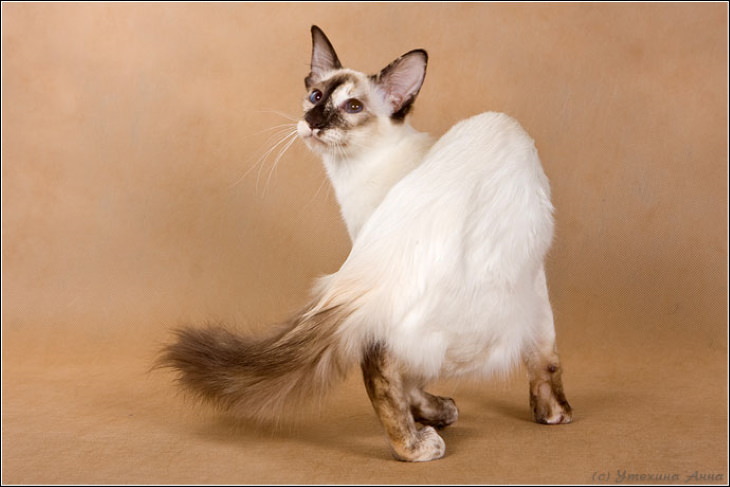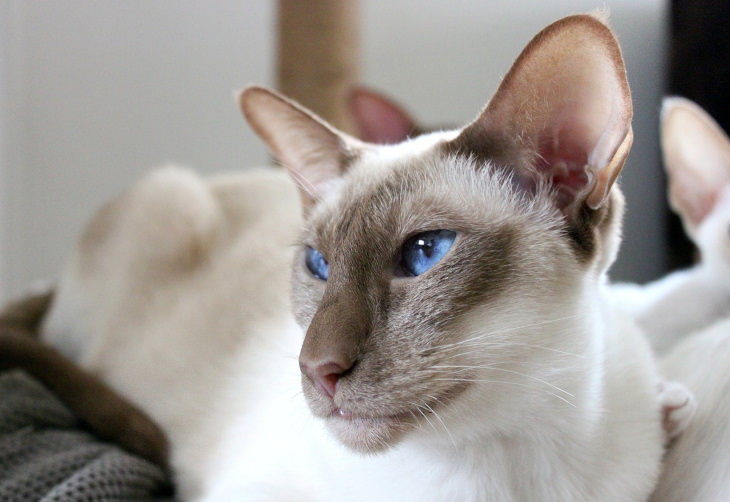Ancient Egyptians were certainly not the only civilization in history that was fond of cats. Judging from the overwhelming amount of cat pictures and videos on the internet, people’s love of cats only grew over time. Unfortunately for about a third of the United States population, though, this appreciation of cats is off-limits, as it comes with sneezing, itchy eyes, and wheezing. If you, too, have a cat allergy but love felines, keep in mind that you could still own a cat, as long as it’s a specific breed. This is precisely the topic we’ll discuss in detail here.
What are the symptoms of a cat allergy?
Cat allergies are extremely common. In fact, they’re almost twice as common as dog allergies. To be even more specific, the Asthma and Allergy Foundation of America states that as many as 3 in 10 people in the United States suffer from a cat allergy.
Allergic particles accumulate on the surface of the membranes of the eyes and nose, which causes an immune response. Sometimes, these particles can also get into the lungs. If the person is extremely sensitive to cats, this can lead to serious allergic reactions, such as breathing problems and asthma attacks.
For the majority of people, the symptoms of a cat allergy are milder, and they include:
- Red and itchy eyes
- Stuffy nose
- Sneezing
- Coughing and wheezing
- A rash on the face, neck, and upper chest
- A cat scratch (or lick) can heal badly and become red.
What makes people allergic to cats?
Contrary to popular belief, cat allergies are not caused by the animal’s fur. Most people are actually allergic to a specific type of protein called Fel D1 that’s present in the animal’s sebaceous glands, dander, saliva, and urine. Fel D1 is spread quite easily through clothing, walls, furniture and is often present in the air in a home with a cat.
These allergens may remain potent for several months, which is why those who suffer from cat allergies should keep their home clean at all times, making sure to wipe down all the furniture and vacuum the couch and any carpets religiously every week. Airing out the rooms or using an air purifier, especially in the bedroom, can also be helpful.
Lastly, it’s best to leave cat chores, such as cleaning litter boxes and brushing the cat, to other family members or roommates whenever possible. All of these tips can help bring down your allergy symptoms to a minimum, even if you decide to have a feline in your home.
Certain cat breeds produce less of the allergy-causing protein than others, but Fel D1 is present in all cats. This is why certain cat breeds are called hypoallergenic (where hypo- means ‘low’) and not ‘non-allergic’. Below, we list 10 such hypoallergenic cat breeds for those who are ready to cope with the occasional allergy symptoms to have a feline in their home.
1. Siberian Cat
The Siberian Cat is one of the very few longhaired cats that are considered hypoallergenic. The feature that makes these fluffy beauties a good choice for allergy sufferers is that Siberian cats produce some of the lowest levels of Fel D1. The Siberian cat is an athletic and intelligent breed that gets along with children and other pets.
2. Russian Blue
The Russian Blue has a dense silvery coat and green eyes. This breed originated from a naturally-occurring domestic cat variety from the coldest corners of Russia. In order to withstand the arctic climate of the country, Russian Blues developed a dense double coat that coincidentally also helps trap allergens rather than disseminating them around the home.
The breed also produces less Fel D1 than other cat breeds. In combination, these two factors make the Russian Blue one of the most hypoallergenic breeds out there. As for the breed’s personality, Russian Blues are known as playful and intelligent cats. They’re also extremely sensitive and mindful of their owner’s moods, making them an excellent companion animal and an even better family pet.
3. Cornish Rex
These peculiar-looking cats are similar to Spynxes in appearance, but unlike the Sphynx, they have a short coat that’s soft and curly. The Cornish Rex doesn’t have the top layer of fur most cats have, and so it sheds very little and requires hardly any grooming, which makes them an attractive breed for allergy sufferers.
Related Article: 10 Cat Breeds that Act More Like Dogs
4. Devon Rex
The Devon Rex has the same coat type as the Cornish Rex, but it is much smaller than the Devon Rex and has bigger ears. However, the most outstanding characteristic of these cuties is not their appearance but their fun-loving character. Social, playful, and extremely loyal, the Devon Rex is often said to be almost dog-like in terms of its character.
5. Sphynx Cat
The Sphynx needs no introduction, as the hairless cat is certainly one of the most well-known feline breeds in the world. That said, Sphynx cats aren’t strictly “hypoallergenic”, although many allergy sufferers do own them because the Spynx’s lack of fur means that their body doesn’t trap and spread any saliva and dander.
In order to coexist with this breed, allergy sufferers will need to give this cat frequent baths, though, since their skin does produce average quantities of Fel D1.
6. Balinese Cat
If you’re not familiar with this cat breed, you’re not alone, as the Balinese cat was developed more recently in the United States. The breed is often called the “longhaired Siamese”, which isn’t completely untrue since this hypoallergenic breed was created as a result of a spontaneous natural mutation of Siamese cats.
As a result, the Balinese cat grew a long and silky coat and started producing less Fel D1, much like Siberian cats. Balinese cats are cherished and admired for their exceptional beauty and regal demeanor.
7. Burmese Cat
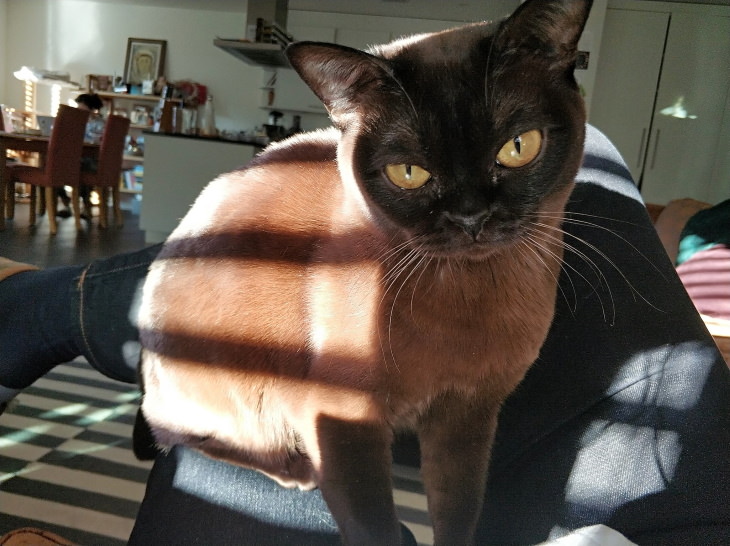
Like many felines on this list, Burmese cats produce fewer allergens. These miniature cats are short-haired, and they usually have a brownish sand-colored coat. They come in other colors, too, but their beautiful amber eyes are a signature characteristic of the breed. Playful, loyal, and friendly, Burmese cats are often said to behave more like dogs than ordinary cats, which makes them the perfect family pet or companion.
8. Javanese Cat
Like Balinese cats, these guys are a hypoallergenic long-haired variety of the Siamese cat. Javanese cats love spending time with people and are highly intelligent and communicative, so they make are a great pet for a family with kids. Do expect to play with this cat a lot, though, as Javanese cats are quite athletic and playful. And yes, they will let you know if you forgot about playtime.
9. Oriental Shorthair
Oriental shorthairs have a surprised look on their little elf-like faces, which is exactly why so many people love this breed. They also come in over 300 different color variations, which is a definite plus. Oriental shorthairs shed very little, which is why they are largely considered hypoallergenic. They are known as a caring, playful, and intelligent breed of felines, so parents often choose these cats as companions for kids.
10. Bengal Cat
With a coat pattern reminiscent of a cheetah or a jaguar, Bengal cats are the dream feline for many cat lovers. These cats are fiercely loyal, sociable, and they are known for being as intelligent as they are friendly to both people and other pets.
Although there is no evidence that Bengal cats produce less Fel d1 protein, they are considered less allergenic than most breeds because of their short pelt-like coat that sheds very little. All around, Bengal cats are a great breed to have, although they are quite expensive and always in high demand, so getting one might be tough.
Share this information with those who might benefit from it

